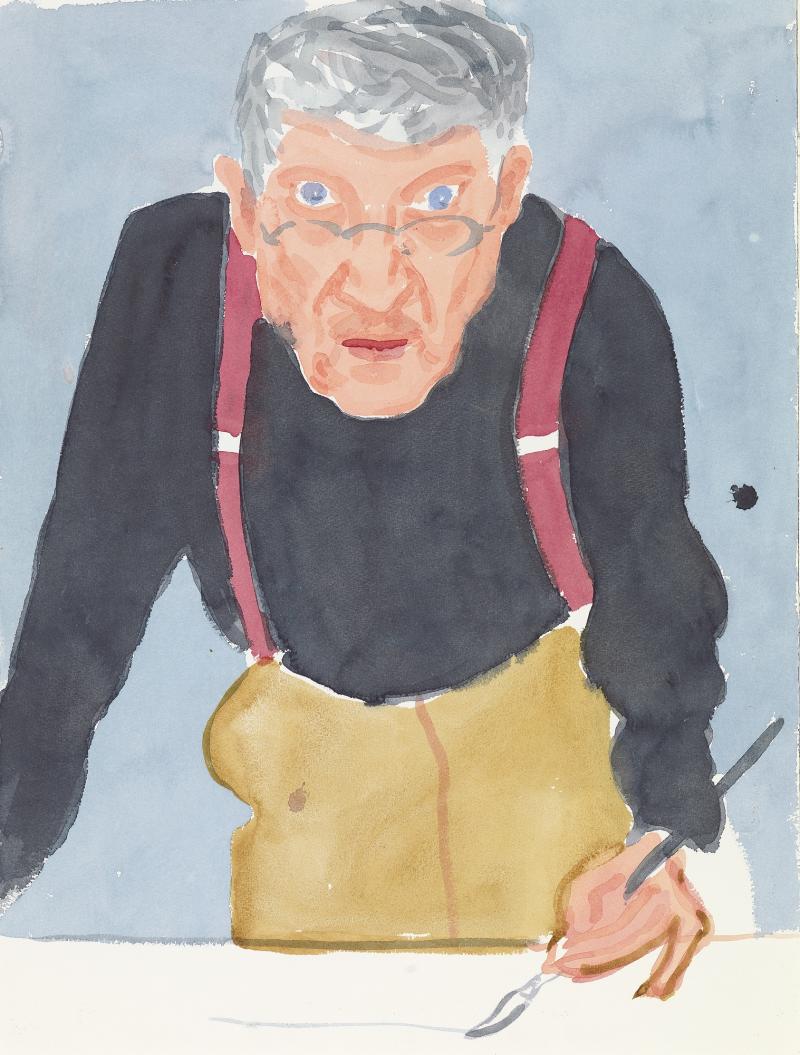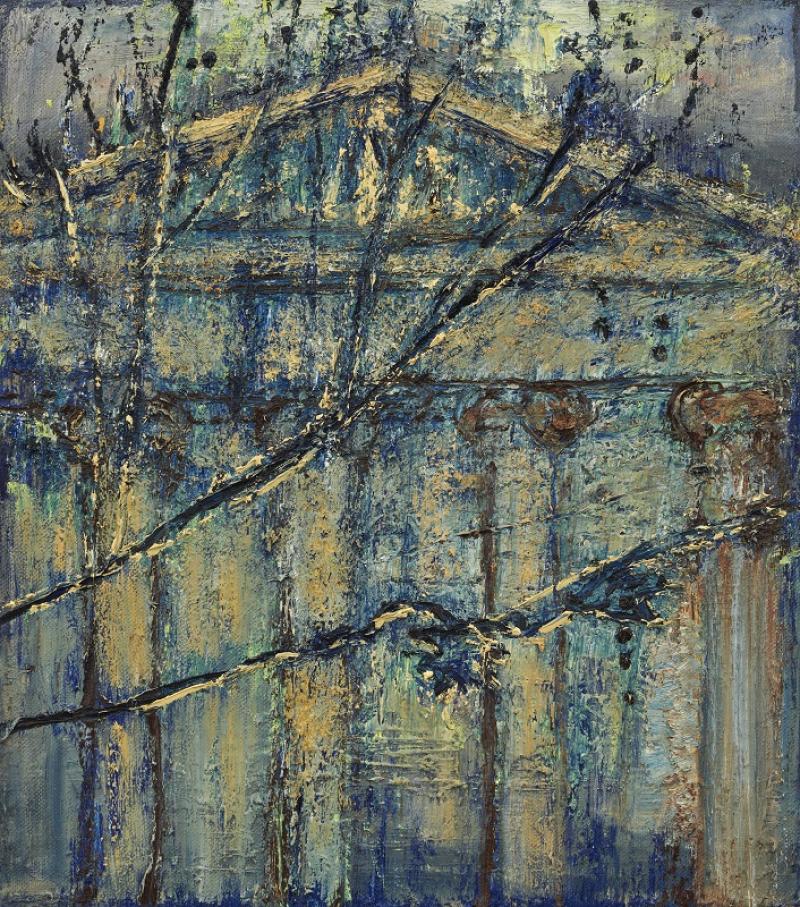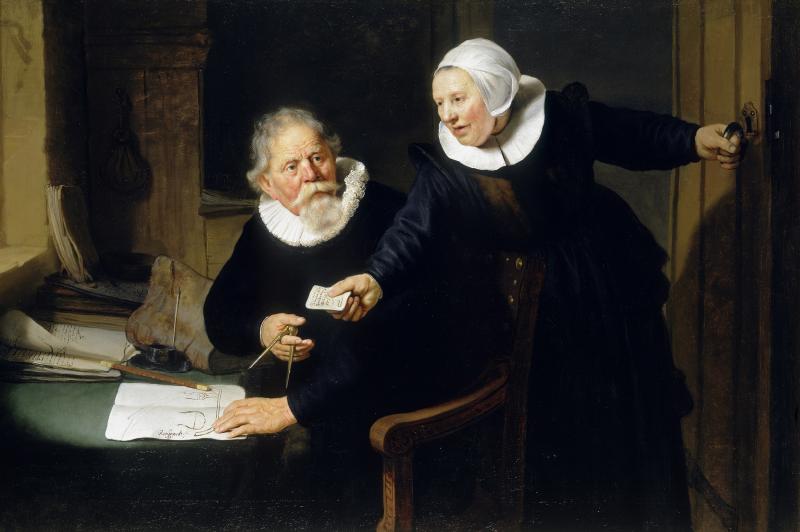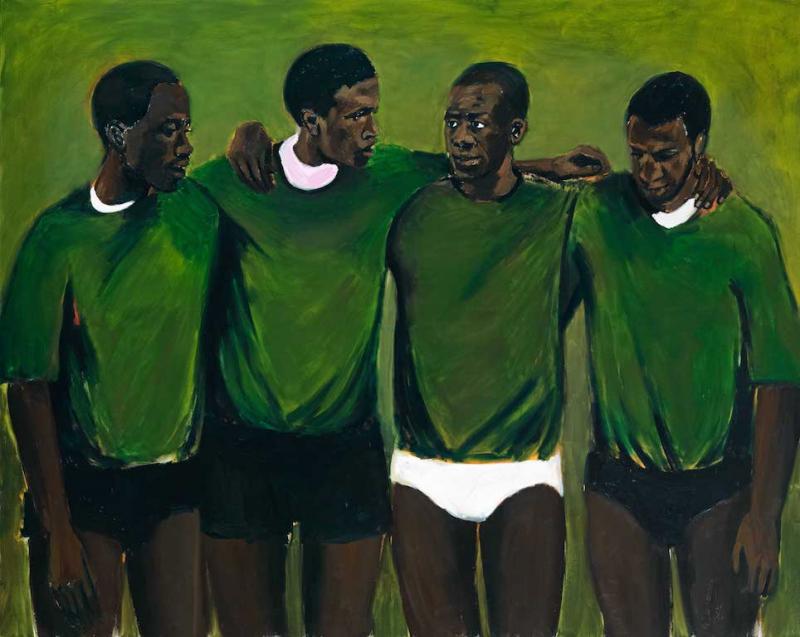Unhappy as it is to be ending the year with museums and galleries closed, 2020 has had its triumphs, and there is plenty to look forward to in 2021. Two much anticipated exhibitions at the National Gallery were delayed and subject to closures and restrictions, but these seem relatively trivial inconveniences in the long lives of Titian’s "poesie", reunited after four centuries, or the paintings of Artemisia Gentileschi, brought together for the gallery’s first major exhibition dedicated to a female artist. These works of art, so fragile and yet so long-lived, helped to maintain a long view just as our outer and inner worlds seemed to be contracting inexorably.
New circumstances have brought new approaches, with virtual exhibitions and tours providing a surprisingly satisfactory experience, and a chance to broaden horizons. Online has proved an effective alternative exhibition platform, and has allowed galleries and museums to support children, families and those living alone with talks and activities. These things seem set to stay, and if social distancing makes overcrowded galleries a thing of the past, so much the better. But as already strapped-for-cash institutions fight to survive, it is clear that none of these changes can be supported by existing business models. If 2020 has made us treasure museums and galleries more than ever, here’s hoping that 2021 brings the clarity and resources needed to guarantee their futures.
Below, we reflect on our favourite shows of 2020, from long-awaited blockbusters, to performance art and online exhibitions. Looking forward to 2021, our critics share their top tips for the coming year.
 Florence Hallett
Florence Hallett
The eight exterior panels of the Ghent Altarpiece, 1432, were the focus of a major exhibition at the Museum of Fine Arts in Ghent. Van Eyck’s most famous work is usually seen from afar, through the gloom of St Bavo’s Cathedral. Dismantled for cleaning and restoration, the panels were displayed at eye level before being reinstalled in the cathedral.
In his 60-year career, David Hockney has regularly made portraits of five people, among them his late mother, and himself. In the first exhibition of his drawings for more than 20 years, the National Portrait Gallery presented the portraits as a series of conversations over time, revealing something of the artist’s inner life, as much as his relationships with others.
The artistic response to lockdown will take time to unfold: what has already appeared has often come too quickly to feel insightful or reflective. Celia Paul’s online exhibition was an exception, revelatory not just for the power of the painting, but for achieving such impact on screen. Paul’s already hermetic existence was distilled into a purer form as the world around her followed suit, her ten paintings a series of meditations that reached beyond her own experience to something universal.
 At Kettle's Yard in Cambridge lockdown provided the impetus for an exhibition drawn entirely from its own collection of works by the self-taught painter and modernist muse, Alfred Wallis. Until 24 January, restrictions permitting.
At Kettle's Yard in Cambridge lockdown provided the impetus for an exhibition drawn entirely from its own collection of works by the self-taught painter and modernist muse, Alfred Wallis. Until 24 January, restrictions permitting.
Most looking forward to in 2021: To mark 10 years since the opening of Hepworth Wakefield, the museum is staging the biggest Barbara Hepworth retrospective since her death in 1975. Rarely seen works from private collections will join some of her best-known sculptures in a wide-ranging survey of her life and legacy. Barbara Hepworth: Art and Life, at the Hepworth Wakefield, 21 May-31 October
Sarah Kent
I feel I've waited all my life for the National Gallery's Artemisia Gentileschi exhibition (main picture: Judith and her Maidservant with the Head of Holofernes, about 1623-5). As a student I was told there were no important women artists in history; ergo my ambitions were absurd. To maintain this lie, painters like Gentileschi were erased from history and, if it weren't for feminist art historians, the lie would persist. Genius is not a word I often use, but Gentileschi deserves the title over and over; she and her dramatic paintings are an inspiration. Imagine how different our lives would be if we were surrounded by images of proud, purposeful women like her Portrait of a Lady Holding a Fan, mid-1620s. Handsome, self-possessed and unapologetic, she makes you feel the sky's the limit. What a role model! At the National Gallery from 6-24 January, restrictions permitting.I'll never forget seeing Michael Clark pirouetting in nothing but a little white apron. Wonderful costumes by Leigh Bowery, pounding rock music and an incredibly fast pace made Clark's contemporary dance style unique. The show captures the spirit of those 1980s productions with multi-screen projections, a selection of costumes and sets, artworks inspired by Clark and interviews with the choreographer (pictured above: the title wall of the exhibition, showing Clark and company in the notorious bottomless leotards).
Most looking forward to in 2021: The retrospective of Eileen Agar, who showed in the 1936 London International Surrealist Exhibition and was friends with many of the artists, but disliked the surrealist label. She deserves to be better known for her intriguing collages, paintings, photographs and hybrid objects. Eileen Agar: Angel of Anarchy, at the Whitechapel Gallery, 10 February-23 May.
A major exhibition dedicated to Albrecht Dürer will take us to the Alps, Italy, Venice and the Netherlands with paintings, drawings, prints and letters by the German artist. Expect a treat. Dürer's Journeys: Travels of a Renaissance Artist at the National Gallery, 6 March-13 June.
Marina Vaizey
Titian: Love, Desire, Death at the National Gallery brings together for the first time six magnificent masterpieces based on tales from Ovid, all commissioned by Philip II of Spain. At the National Gallery, 6-17 January, restrictions permitting.
George IV at the Queen’s Gallery was a glittering array of fine and decorative arts amassed by the most determined, greedy, tenacious royal collector of them all (pictured above: Rembrandt van Rijn, The Shipbuilder and his Wife: Jan Rijcksen and his Wife, Griet Jans, 1633).
Ai Wei Wei: History of Bombs is a quietly dramatic installation about bombs, effective both in its message and its aesthetic, based on the actual look of 50 real bombs. It is huge, covering the main hall and extending up the stairs. At the Imperial War Museum until 24 May, restrictions permitting.
Edmund de Waal’s Library of Exile, British Museum, was a meditation conducted not only through his own art – shelves of his characteristic porcelain vessels, arranged as four installations – but some 2,000 books, written by authors in exile, sometimes in languages not their own. The books will go the rebuilt library in Mosul, a memorial to the thousands of destroyed libraries in human history. At the British Museum until 12 January, restrictions permitting.
Most looking forward to in 2021: Epic Iran, Victoria & Albert Museum, 13 February-30 August Five thousand years of Iranian art, design and culture. Manuscripts, ceramics, textiles, paintings and photographs will elucidate a civilisation still too little known in the west.
Katherine Waters
For Steve McQueen’s Year 3, every school in London was invited to have its year three classes photographed. They showed the capital’s incontestable future, which is unashamedly inclusive and very definitely theirs. Tate Britain displayed all the photographs along its main hall. Because of the pandemic, it has remained on display – brilliantly so. The question posed by each of the thousands of faces is now differently inflected but remains urgent: how do we live up to the future they deserve to grow into? At Tate Britain until 31 January, restrictions permitting. Also at Tate Britain is Lynette Yiadom-Boakye’s marvellous solo show. The figures she paints, who seldom do more than look, lean, sit or be, burst with richly-lived life, implying chequered, fabulous histories, secrets, loves and triumphs. While each person is oneirically familiar, none exist. They are drawn from Yiadom-Boakye’s mind, which is a free-wheeling, sociable place of bohemian meetings. At Tate Britain until 9 May, restrictions permitting.
Also at Tate Britain is Lynette Yiadom-Boakye’s marvellous solo show. The figures she paints, who seldom do more than look, lean, sit or be, burst with richly-lived life, implying chequered, fabulous histories, secrets, loves and triumphs. While each person is oneirically familiar, none exist. They are drawn from Yiadom-Boakye’s mind, which is a free-wheeling, sociable place of bohemian meetings. At Tate Britain until 9 May, restrictions permitting.
At Southwark Park Galleries, in Fani Parali’s Aonyx and Drepan, two mythological creatures hymned to each other from moving metal towers. Their pre-recorded duet filled the tall space of the deconsecrated Dilston Grove chapel, resonating against its walls. A personal, syncretic mythology made public, it was strange and moving.
Most looking forward to in 2021: Material Power at Kettle’s Yard. The show will comprise Palestinian dresses of daily and ceremonial use, traditionally handed down from mother to daughter. Everyday robes that have been patched, mended, worn and altered will tell the lives of women who remain unremarked on in conventional histories. Materials from silks to UN food packaging will tell simultaneously of lives marked by distinct locality and mass displacement. It will be visionary and sumptuous. Opening in the summer.









![SEX MONEY RACE RELIGION [2016] by Gilbert and George. Installation shot of Gilbert & George 21ST CENTURY PICTURES Hayward Gallery](/sites/default/files/styles/thumbnail_125_x_125_/public/mastimages/Gilbert%20%26%20George_%2021ST%20CENTURY%20PICTURES.%20SEX%20MONEY%20RACE%20RELIGION%20%5B2016%5D.%20Photo_%20Mark%20Blower.%20Courtesy%20of%20the%20Gilbert%20%26%20George%20and%20the%20Hayward%20Gallery._0.jpg?itok=3oW-Y84i)





Add comment